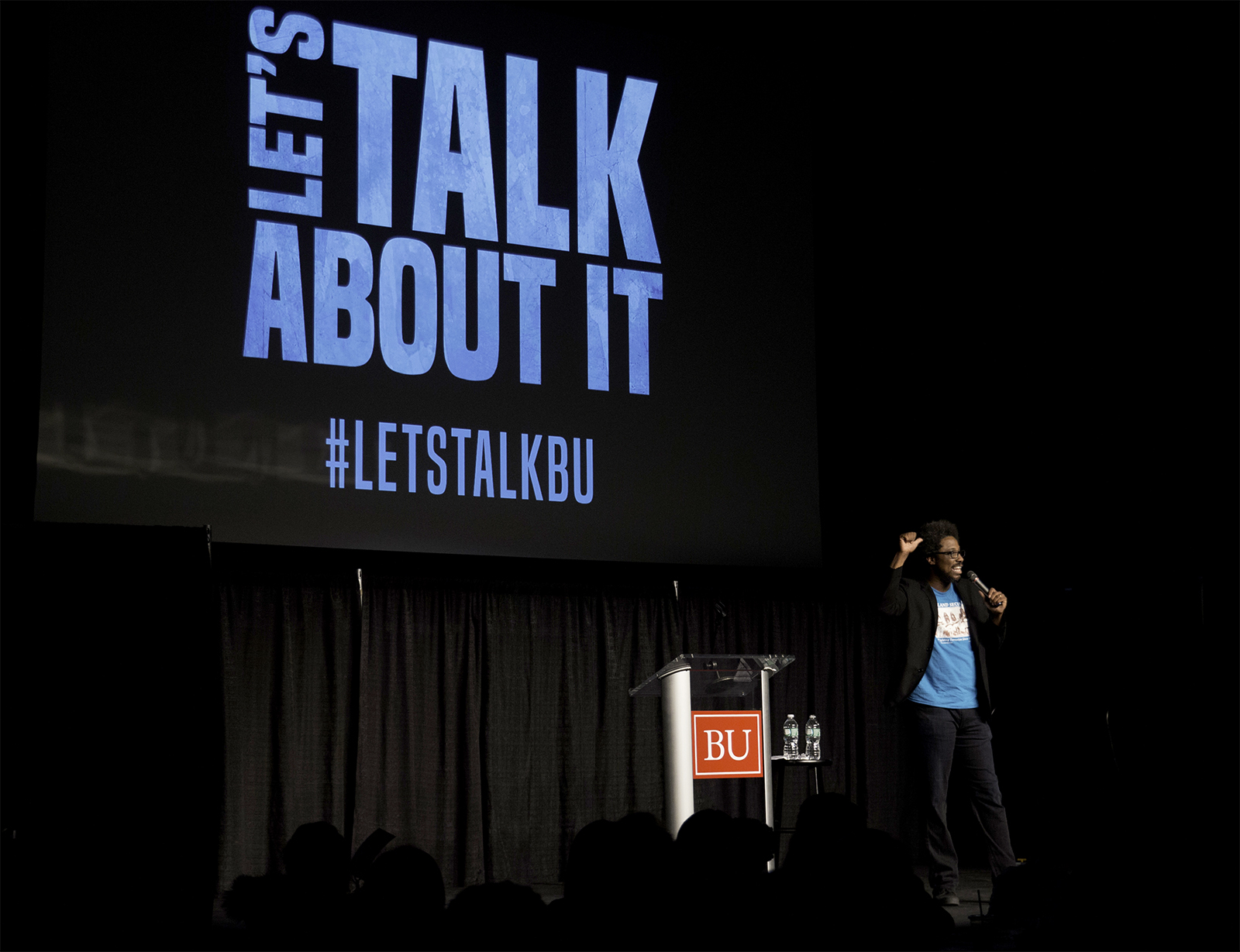Koreans & Camptowns: Reflections of a Mixed-Race KoreanPosted in Articles, Asian Diaspora, Autobiography, Media Archive, United States on 2015-11-06 01:37Z by Steven |
Koreans & Camptowns: Reflections of a Mixed-Race Korean
Korean American Story
2015-11-04
Cerrissa Kim
I’ve often stood out from the crowd, and not in a way that made me feel like a rock star—far from it. Growing up in a rural town filled with dairy cows and Caucasian farmers, and then in a bedroom community lacking ethnic diversity, I was the sole Asian kid at school until fifth grade. To my classmates, I was a slanty-eyed chink. Jap. Gook. Yigger. They’d never even heard of Korea.
I don’t look like my Irish/Scottish American father, nor do I have the distinctly Korean features of my mother. Like many mixed-race people of my generation, I was Asian to the outside world, but not Korean enough to the Korean side of my family. I’ve looked for faces that resembled mine in some small way everywhere I’ve gone. I’ve scanned crowded spaces and deserted diners—anywhere I traveled—hoping for camaraderie with others who might make me feel my appearance was normal.
This past September in Berkeley, California, I opened the doors to the David Brower Center, slightly nervous and excited, I stepped into a room filled with mixed-race Korean Americans attending the one-day Koreans and Camptowns Conference. Even though I grew up with my biological parents, I still carry the scars—physical and emotional—from being ostracized and bullied for looking different from the other children in my bucolic California communities. Many of the people attending the conference were Korean adoptees (KADs) who had even more reason to search through crowds to find someone who resembled them. Not only were most KADs raised in places with no other KADs or Koreans, but they also didn’t look anything like their adoptive parents and other family members.
During and after the Korean War, camptowns were established outside of military installations, offering locals a way to earn a living— including entertaining soldiers with nightclubs and prostitution. Many of the mixed-race children born between the 1950’s and 1970’s were conceived and born in these camptowns, fathered by American and other Allied soldiers. Their mothers, the camptown women, were marginalized by society because most of them came from poor families and had to work as cooks, maids, sex workers, or other low-paying jobs to support themselves as well as their parents, grandparents and siblings. These women often waited for fathers of their children to return, hoping for a way out of the grueling camptown life. But more often than not, this didn’t happen, either because the soldiers were uninterested in going back, or because the military made it difficult—or even impossible—for them to return and marry Korean women…
Read the entire article here.




